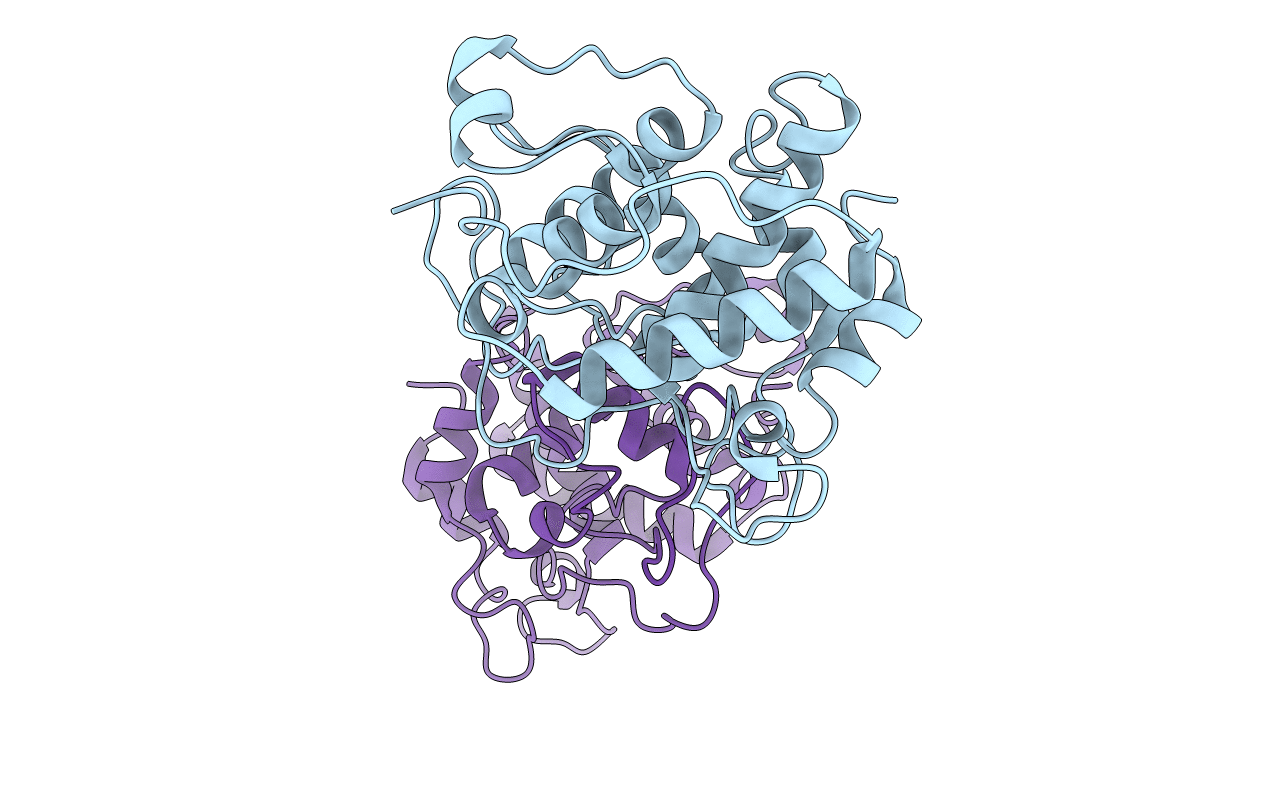
Deposition Date
2013-09-18
Release Date
2014-08-27
Last Version Date
2024-11-20
Entry Detail
PDB ID:
4MST
Keywords:
Title:
Crystal Structure of a putative catalytic domain of a chitinase-like protein (HbCLP1) from Hevea brasiliensis
Biological Source:
Source Organism:
Hevea brasiliensis (Taxon ID: 3981)
Host Organism:
Method Details:
Experimental Method:
Resolution:
1.93 Å
R-Value Free:
0.20
R-Value Work:
0.16
R-Value Observed:
0.16
Space Group:
I 1 2 1


